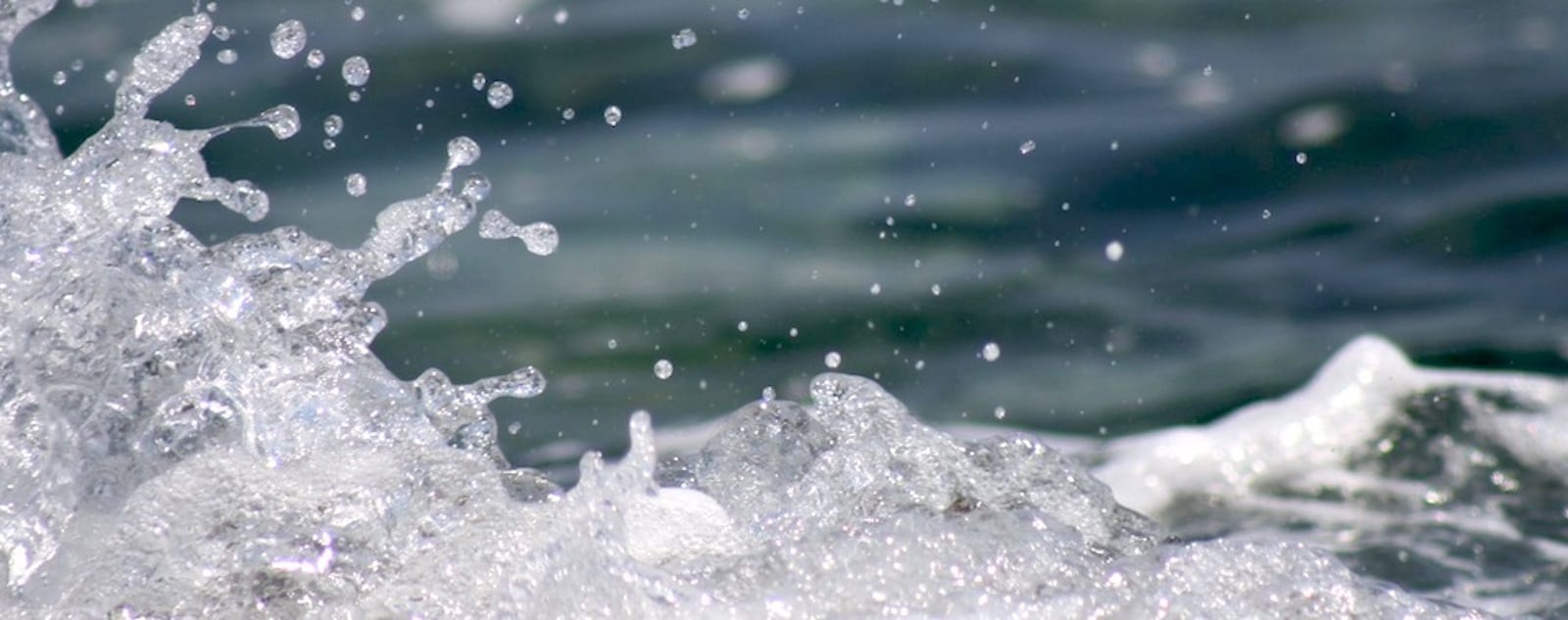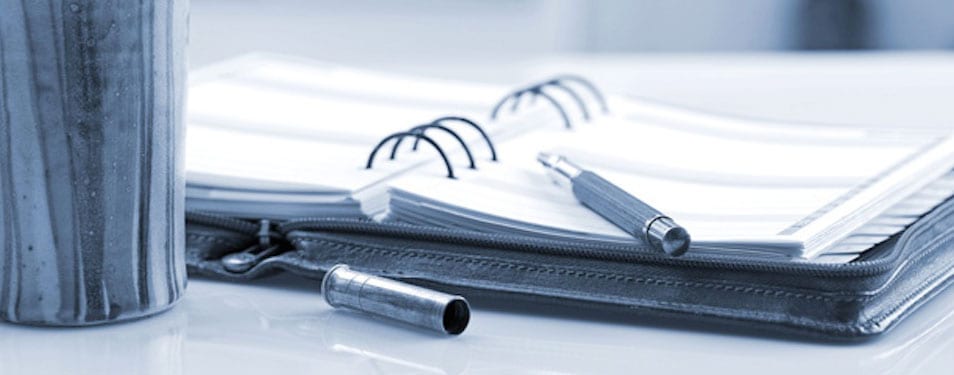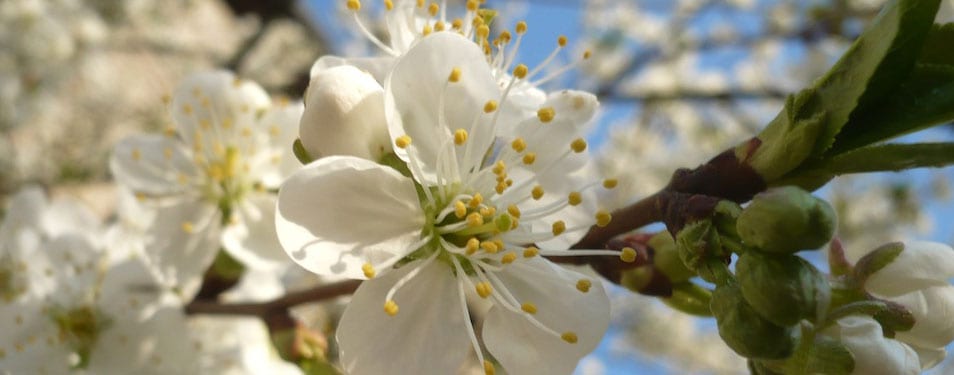Non-doing and doing. A consideration of two different attitudes
In non-doing I go with the natural flow of things. I do not interfere with what is moving, developing, coming into being or even dying, either in myself or in others, such as my loved ones, my children, my friends or even my clients. I try to sense where life wants to go and then follow it. Not doing is being open to what is happening. Not doing is simply saying yes.
Non-doing is not about sweet idleness. It is not about leisure or laziness (which do not really exist). Not doing and passivity are two completely different activities. Not doing means nothing other than following one’s nature” (Wilfried Nelles, Nettersheim 2014). Not doing follows the millennia-old insight that we can neither add anything to life nor take anything away from it. It flows from and to itself. Life happens” (Wilfried Nelles). One’s own life is no exception; moreover, for each person ‘life’ takes place exclusively in one’s own life and in the form of one’s own nature – or not at all. Not doing means saying yes to this life as it is, with everything that happens.
Doing is the opposite of non-doing. Doing rejects the natural flow of things; it wants to go somewhere other than life in the present moment. Doing tries to control, ‘shape’, divert or even stop the flow of life: doing resists life. Since, as living beings, we have nothing to really oppose the flow of life, doing soon becomes exhausting, consumes resources, remains relatively unsuccessful and often achieves the opposite of its intention. It takes me away from my own life. Doing is based on the illusion that life will let me tell it how to be. This illusion takes many forms, the most prominent of which seems to me to be ‘the doer’.
The ‘doer’ is highly valued in our society. He gets things done, he plans, he brings his plans to fruition, no matter what effort is required. The doer operates in ego-consciousness, i.e. at the level of adolescent consciousness. The doer is inwardly a teenager. In ego-consciousness you have to take your life into your own hands. You have to question and destroy everything traditional (such as the rules and restrictions of childhood) in order to put your own life in its place. This is an extremely important step for teenagers and young adults. Without it, no one can find themselves.
Replacing the life in which one has grown up with one’s own life is the meaning of the word autonomy (one’s own law). Autonomy initially feels like true freedom when you look at the life you are trying to escape, such as your family of origin or an outdated tradition. Autonomy is fundamentally backward-looking. It looks at what it is freeing itself from. Autonomy cannot move towards something; it must move away from something in order to exist. Once youth is over (in Europe, around 30 at the earliest), autonomy has served its purpose as a viable concept of life. In the face of the flow of life that comes to me from the present moment, the concept of autonomy turns out to be as much of an illusion as the idea described above of being able to dictate anything to life. Autonomy says, ‘I am doing things differently from what life wants me to do at the moment.
From this perspective, one can see how doing arises from the necessary defiance of young people. They need their often arrogant and presumptuous rebellion to assert themselves – against the voices of those in their family who have told them who they are. But this does not make them independent. On the contrary, they often become a detailed negative image of their origins, a precise reflection of them. They fight the same battles as their parents, only with the signs reversed. They have to do this as long as they want to do things differently from what the present moment demands of them. When they stop, their autonomy is over and they are free. Immediately.
But why is it so difficult to make this crucial inner step – out of adolescent isolation and into adult openness to what appears in the present moment?
It seems to me that there are powerful guardians standing between us and the present moment. As soon as we are conceived, we begin to develop emergency responses alongside relaxed growth. They protect us when the present moment seems threatening or even life threatening. Over time, isolated and successful internal and external rescue movements form patterns that enable us to respond better to threats. Such patterns act like guardians. They have sworn that this child will never experience pain again. They remain incorruptible because they act out of love for our vulnerable inner self. They have learned that the present moment can become so dangerous that you have to shut yourself off from it. You have to say no to it, or at least always be ready to do so: you have to do something.
When you think about it, doing something is nothing more than withdrawing from the present moment, from the flow of life. For the unborn child in the womb, for the child and even for the young people we once were, such withdrawals were life-saving. They were simply necessary because at these stages of life we are in many ways dependent on our families and cannot really go away. Adults, by their very nature, are no longer dependent on anyone, existentially, physically, emotionally or mentally. The only thing an adult man or woman is dependent on is the present moment. Adults are dependent only on life itself. When they truly see this, their freedom begins. It is no longer freedom from something, but freedom to: to oneself, to one’s own life and to what it demands and gives in the present moment.
Life itself exists only in the present moment. It is nowhere else. From my perspective, life itself exists only within me, nowhere else. So let us look at how we adults behave in the face of life itself in the present moment. We have two options: to close ourselves off or to open ourselves up, to withdraw or to move towards something.
The first option is to shut down and withdraw. This option is an expression of fear; it is actually fear itself. Fear is extremely useful. It ensures that we perceive threats in time and avoid them, that we fight them or perhaps even survive them in a state of total paralysis. Immediate fear always reacts to the present moment. It follows the flow of life very closely when it presents a threat. However, the patterns of fear, the rescue scenarios we have stored in us from past and survived threats, are usually less useful today. They are activated as soon as the present moment seems even remotely suitable. (Wolfgang Giegerich calls this process ‘neurosis – a metaphysical illness’). The patterns of fear lead to action; they say no to life as it happens. They say no to the present moment and catapult us out of the present and into past scenes of threat and rescue.
The second option is to open up and move towards something. This option is an expression of love; it is love itself. Love seems to me to be the primordial, mutually positive response to existential dependence, the material, so to speak, of the bond that arises from it. It ensures that we feel trust in time, that we can engage with what is happening, that we can relax and awaken from paralysis – in a word, that we become ‘alive’. Love, like fear, reacts immediately to the present moment. It follows the flow of life exactly as it opens up trustworthy spaces. Love knows no pattern, love knows only one word: yes. In the context of my little reflection, yes means not doing. Love or the yes in not doing is not bound to other people, but only to myself. They are not directed at anyone personally and they are not dependent on anyone but myself. This leads to something huge: the decision whether the present moment deserves a retreat or a step forward is mine and mine alone. I am alone with this decision, alone with life itself. This is the difference between this and all previous stages of life. Life itself is my master, it is more ruthless and at the same time kinder than all previous masters.
What happens in terms of doing or non-doing if I choose not to open up and move forward but to close up and retreat? I am not free from patterns of fear that are tied to the old days, sometimes even those of my ancestors. Like everyone else, I have gone through threats, survived them and learned to trust my guardians more than the present moment. Don’t I need to do something about it? Work on myself, learn to understand myself, overcome my fears, etc.? Maybe a different constellation? No. The programme of doing is the head of security at the door of my prison, it gathers all my elite guards.
It’s exactly the opposite, even though it’s probably the biggest challenge I’ve ever faced: when a pattern of fear from old commitments kicks in and takes control, THAT is my present moment. Then the flow of my life in the present moment is nothing more than that tried and tested pattern. I say yes to it by refraining from doing and trusting myself not to do: I do nothing and I do not go away inside. I stay. I open myself to my pattern (which I may have been trying to get rid of for decades) by saying yes to it. I show it love, I move towards it. This is impossible for young people because they have a completely different task, let alone children. It is possible for adults. That is their freedom.
And then? Something strange happens: the pattern of fear reacts like a guard who has been told that the war is over: he lays down his weapons and armour and goes home. If he does not yet believe it, the pattern may initially manifest itself particularly violently, like an initial aggravation or acute onset of something that was previously chronic. Only when the guardian can trust that the present moment is safe will he gradually withdraw – without anyone doing anything. This allows the pattern to gradually relax. It frees life for the present moment. Doing does not achieve this, but non-doing, without doing anything.
What does this mean for the field of constellation work, counselling and life integration? What role do the very different attitudes of doing and not doing play in the effectiveness of my services, in the use of different methods, in what heals? So far I can see the following: Healing just happens, like life itself. Except in cases of immediate crisis intervention, one can stand in the way of healing with an attitude of doing, dictating how it should happen, or one can let it flow with an attitude of not doing, perhaps even going along with it. It seems to me that healing is less hindered by not doing, by letting go of intention, by saying yes – basically by love. It seems to be more hindered by the counter-movement to the flow of life, by doing as an attempt to resist the present – in other words, basically by fear. Healing is nothing more than opening up to the present moment. I open myself to the natural flow of things, to the movement of life within me, to this incomprehensible longing of life for itself.
Constellation work, counselling and life integration can be a very useful way of supporting this movement of opening up by keeping open an immediately trustworthy inner space that simply accepts and shows what is in the present moment. But that is probably all they can do. They only make sense if they serve the present moment of those seeking advice. Any service to past moments reinforces the patterns of fear associated with the past. Therefore, it seems to me to be rather counterproductive to focus the counselling or therapeutic alliance on searching for the past causes of a problem or symptom. I no longer do this. On the contrary, the present moment is the safest place and time to be with clients. The present moment is the point from which there is no longer a need to turn the world upside down, but to learn anew to feel that it is actually turning – for the counselee and the patient as well as for the therapist and the counsellor.





0 Comments